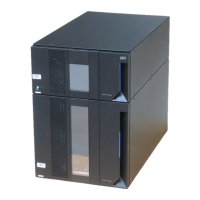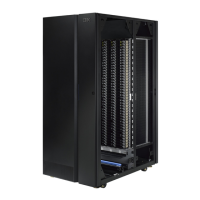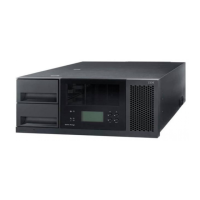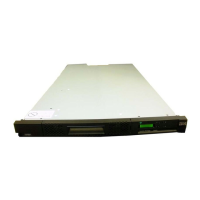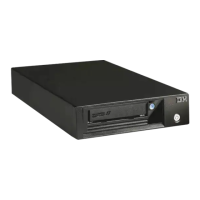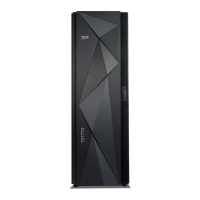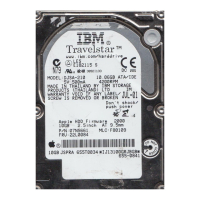assigning a device
The establishing of the relationship of a device to a running task, process,
job, or program.
assignment
The naming of a specific device to perform a function.
asynchronous
Pertaining to two or more processes that do not depend upon the
occurrence of specific events such as common timing signals.
attention (notice)
A word for calling attention to the possibility of danger to a program,
device, or system, or to data. Contrast with caution and danger.
ATTN Attention.
B
backup
To make additional copies of documents or software for safekeeping.
bar code
A code representing characters by sets of parallel bars of varying thickness
and separation which are read optically by transverse scanning.
bar code label
Paper bearing a bar code and having an adhesive backing. The bar code
label must be affixed to a tape cartridge to enable the library to identify
the cartridge and its volume serial number.
bar code reader
A laser device specialized for scanning and reading bar codes and
converting them into either the ASCII or EBCDIC digital character code.
bezel Decorative and safety cover.
bicolored
Having two colors.
bit Either of the digits 0 or 1 when used in the binary numbering system.
BM or bill of materials
A list of specific types and amounts of direct materials expected to be used
to produce a given job or quantity of output.
BRMS Backup Recovery and Media Services.
browser
A client program that initiates requests to a Web server and displays the
information that the server returns.
buffer
A routine or storage used to compensate for a difference in rate of flow of
data or time of occurrence of events, when transferring data from one
device to another.
bus A facility for transferring data between several devices located between
two end points, only one device being able to transmit at a given moment.
byte A string consisting of a certain number of bits (usually 8) that are treated
as a unit and represent a character. A fundamental data unit.
H-2 TS3310 Tape Library Maintenance Information

